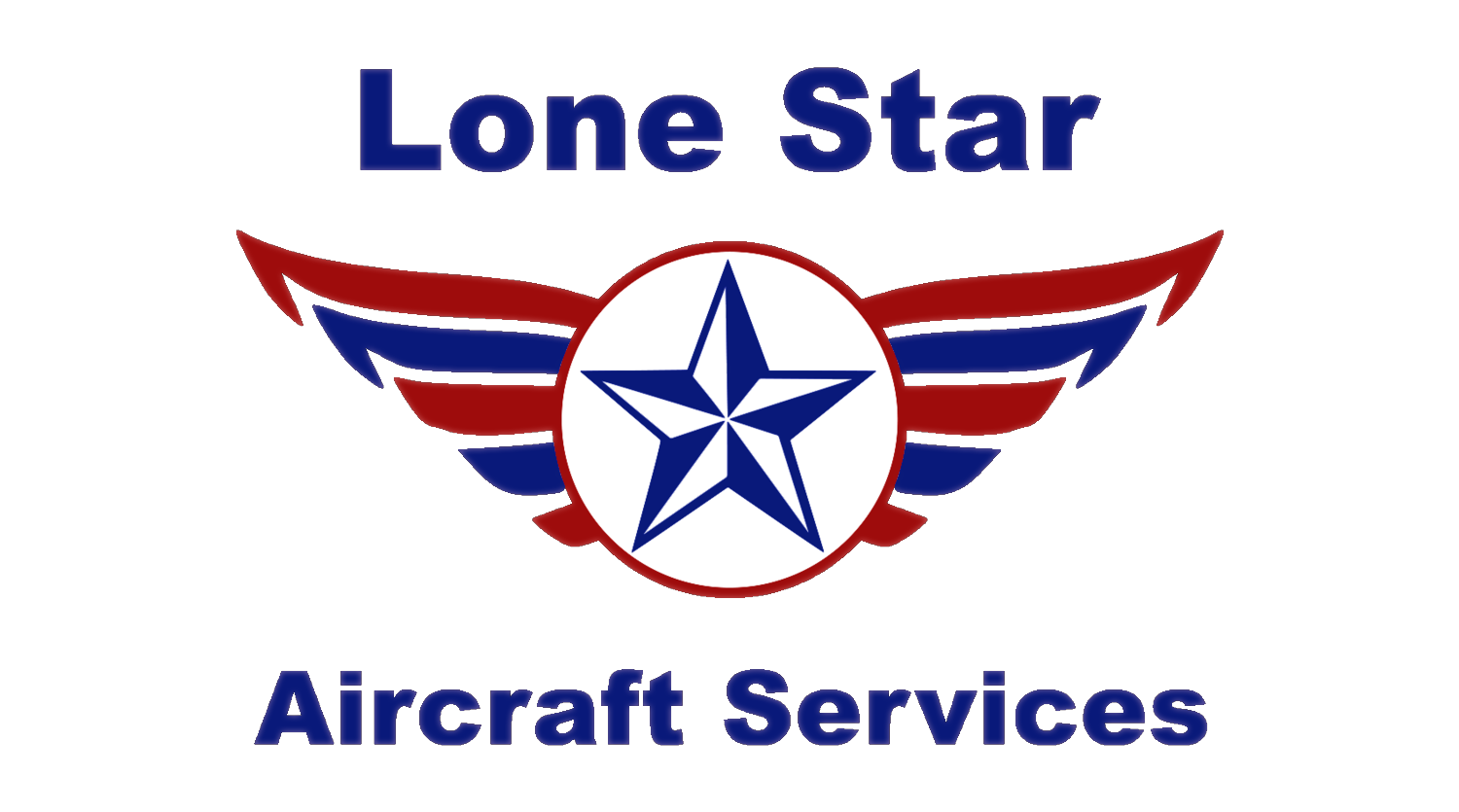In my last blog post, I mentioned that we had a pretty nice Murphy Rebel Elite waiting in the wings for our shop to use as our next project. We have some big ideas for this aircraft, and we think that not only will our team enjoy the effort, but we can showcase some of the skills our team has to offer. Now, before we start explaining why we think the Elite will make such a great back country project plane, let’s talk a little bit about Murphy’s generally. This particular Murphy isn’t our first experience with the brand. I previously owned a standard Rebel model. I knew I liked that plane, but I could never really explain, even to myself, why.
It wasn’t very pretty. I am attaching a photo, so you can hopefully get my drift. It’s a little bit boxy looking, had crude paint, not a single thing about it was anything other than Spartan. It did have lots of room inside, deceptively so…and it had really comfortable seats, even if they were a little tatted out. It was equipped with a basic six-pack, that ran off of a venturi horn instead of a vacuum pump, the interior was essentially non-existent, and the engine was only a 115 h.p. Lycoming O-235. This was a factory recommended power plant, but not the biggest they recommend. That always bugged me a little, because just like with cars and trucks, I’ve never been disappointed when I bought the biggest power plant available in the model line, and I always regretted it when I didn’t. Nonetheless, it had a very impressive rate of climb, and you could put a couple of fat guys in it, along with some junk in the baggage area (which was huge) and it didn’t seem to slow it down much. It wasn’t very fast, but it was at least as fast as most high wing tail-draggers in its size and weight class. My home drome altitude is only 150 MSL, and this is a plane born to be in the mountains. It probably didn’t get a real performance test, but it flew strong here. It was smooth to fly, and it never really surprised you. It flew very predictably and did exactly what you asked it to do.
I think I finally arrived at an understanding of what made the Rebel appealing, if not an actual explanation. Years ago, when I was in college, I owned an old Ford F-100 pickup truck. I went everywhere in it. It wasn’t very pretty, was kind of boxy, and was crude everywhere, with crank down windows and a manual bench seat and a four-speed manual transmission on the floor. It was four-wheel drive, which meant it could go anywhere, anytime…and that’s pretty much what it did. It had an AM radio that only worked part of the time, but the seat was big and comfortable and you could put three fat guys in it along with a bunch of junk in the back, and nobody felt crowded. It had an inline six engine, which was adequate, but not the biggest available, which meant it wasn’t very fast. But it always ran because it was so brain-dead simple that even I could keep it running when I had no extra cash for a mechanic. Since I was a starving college student, that was always. Looking back, even all my friends relied on that truck because it always worked, even if it wasn’t very stylish. I miss that truck. I wish I had it back.
Thinking about that truck caused me to realize that the Rebel was exactly like it. When you get down to it, a Murphy Rebel is the aviation equivalent of a ’69 Ford F-100. If you are old enough to remember what it was like to own an old F-100, hopefully you get my drift. If you’re not, maybe you can Google it…I doubt that it will translate to complete understanding, but you might get an inkling.
With all that being said, the Rebel had its flaws. Some of them are design issues, and some of them were more than likely builder issues. Many of the design issues have been corrected, and the Rebel Elite incorporated many of those fixes as part of the redesigned kit. As for the builder issues, one of the biggest Pro’s of the Murphy line may also be one of the Con’s. They are such a precisely configured kits that no jigs are required. As long as you can build a work table, shim it level, and run a rivet puller (it uses pull-through rivets for assembly) you can build a Murphy. I truly believe just about anyone can build one. The Con part is that sometimes just anyone does. In the case of my previous Rebel, I bought it from a gentleman who was in hospice. He wasn’t the original builder, but he was working hard at fixing some of the mistakes made by the builder…but he ran out of time. He got it airworthy, and made it up in the air before the clock ran out, but he really didn’t get to finish. Blue skies and tailwinds, Ed!
We will go through the pro’s and con’s in the next post. Stay tuned.

